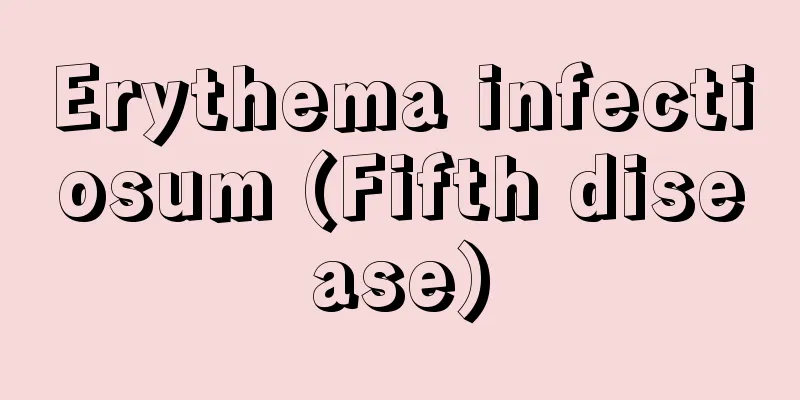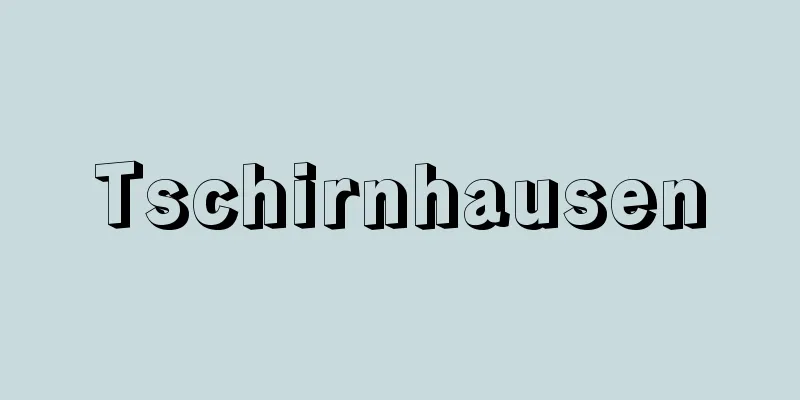Erythema infectiosum (Fifth disease)

What kind of infection is it?Erythema infectiosum is also known as "apple disease" because the cheeks turn red like an apple. It most commonly occurs in children between the ages of 5 and 9. The cause is infection with the B19 virus, which belongs to the genus Erythrovirus and belongs to the Parvoviridae family. It infects the P antigen on the membrane surface of red blood cells, and mainly How symptoms manifest After an incubation period of 10 to 20 days, children usually develop an apple-red cheek, followed by a lacy rash on the hands and feet. The rash may reappear. In adults, the cheek rash is often absent, but the rash on the hands and feet and the whole body may appear. It usually heals naturally within a few days. By the time the rash appears, the infection is no longer contagious, and it is said that the infection is most contagious about one week before the rash appears. If a pregnant woman becomes infected, the fetus can become infected, causing severe anemia, fetal death, miscarriage, and fetal hydrops, so caution is required. Also, if a patient with chronic anemia becomes infected, it can cause severe symptoms. Testing and diagnosisIn most cases, children are usually diagnosed based on typical clinical symptoms, but in adults, it is difficult to distinguish it from rubella without virological testing. Diagnosis is made by detecting the viral gene (DNA) in serum using the PCR method, by checking the positive or increase in IgG antibodies in blood samples taken during the acute and convalescent phases, or by detecting specific IgM antibodies during the acute phase. Treatment methods Usually, only symptomatic treatment is available. By the time symptoms appear, the disease is already almost non-infectious, making it difficult to prevent infection. There is no vaccine. In immunocompromised patients or those with chronic anemia, What to do if you notice an illnessSince the virus is not contagious when symptoms appear, it is not a disease that requires schools, kindergartens, or daycare centers to suspend attendance. However, people with underlying conditions and pregnant women should visit their pediatrician, internist, or obstetrician-gynecologist and discuss the matter thoroughly. Kaoruko Taya Erythema infectiosum (fifth disease) |
どんな感染症か伝染性紅斑は頬がリンゴのように赤くなることから、通称「リンゴ病」とも呼ばれています。5~9歳ごろに最も多く発症します。 原因はパルボウイルス科エリスロウイルス属に属するB19ウイルスの感染です。赤血球の膜表面にあるP抗原を受容体として感染し、主に 症状の現れ方 10~20日の潜伏期ののち、子どもでは通常、頬がリンゴのように真っ赤になり、その後手足にレース状の発疹が現れます。いったん消えた発疹が再び現れることもあります。成人では頬の紅斑を認めないことが多く、手足の発疹、全身 通常数日の経過で自然に治ります。発疹が現れるころにはもう感染力はほとんどなく、発疹出現前1週間くらいの感染力がいちばん高いといわれています。 妊婦が感染すると胎児に感染し、重度の貧血から胎児死亡、流早産、胎児水腫(すいしゅ)を起こすことがあるため注意が必要です。また、慢性貧血の患者さんがかかると、重い症状を起こすことがあります。 検査と診断通常、小児では典型的な臨床症状から診断されることがほとんどですが、成人の場合、ウイルス学的な検査をしないと風疹との区別が困難です。血清中のウイルス遺伝子(DNA)をPCR法で検出したり、急性期と回復期に採血してIgG抗体の陽転あるいは上昇を確認したり、急性期の特異的IgM抗体を検出することで診断します。 治療の方法 通常は対症療法のみです。症状が現れた時はすでに感染力がほとんどないため、感染予防が困難な病気です。ワクチンもありません。免疫不全の患者さんや慢性貧血のある患者さんでは、発症時に 病気に気づいたらどうする症状が出た時にはほとんど感染力はないので、学校、幼稚園、保育所では登校・登園停止の疾患にはなっていません。ただし、基礎疾患がある人、妊婦などは、かかりつけの小児科、内科、産婦人科を受診し、よく相談する必要があります。 多屋 馨子 伝染性紅斑(リンゴ病)
|
<<: Infectious mononucleosis - infectious mononucleosis
>>: Infectious diarrhea - densenseigerisho
Recommend
Berry, Chuck
Born October 18, 1926 in St. Louis, Missouri [Died...
Ulloa, F.de (English spelling) UlloaFde
…Irrigated cotton is cultivated in the northern p...
Geosyncline - Chikousha (English spelling)
A long, moving depositional region where the stra...
Injera - Injera
…The Ethiopian Orthodox Church continues to walk ...
Ego
...He had little appreciation for actors after H....
Olympic
…A tragic giant ship that collided with an iceber...
Georg II
…the German court theater was run by the Grand Du...
Multiple dike
...It consists of two or more parts of different ...
Sparrow hawk (English spelling)
A bird of the order Accipitridae (Accipitridae) (i...
Ramsay, Sir William
Born: October 2, 1852, Glasgow [Died] July 23, 191...
Secured Bonds - TANPOTSUKI SHAI
A bond with a security attached to it. It is the ...
Discoid lupus erythematosus - I'm Ebanjo Eri Temato
…The disease is called lupus erythematosus becaus...
Imperial University - teikoku daigaku
There are precedents for what would become known ...
Atrax robustus (English spelling)
...The components of the venom are unknown. The m...
Time difference - JST
〘noun〙① The difference between true solar time (th...









